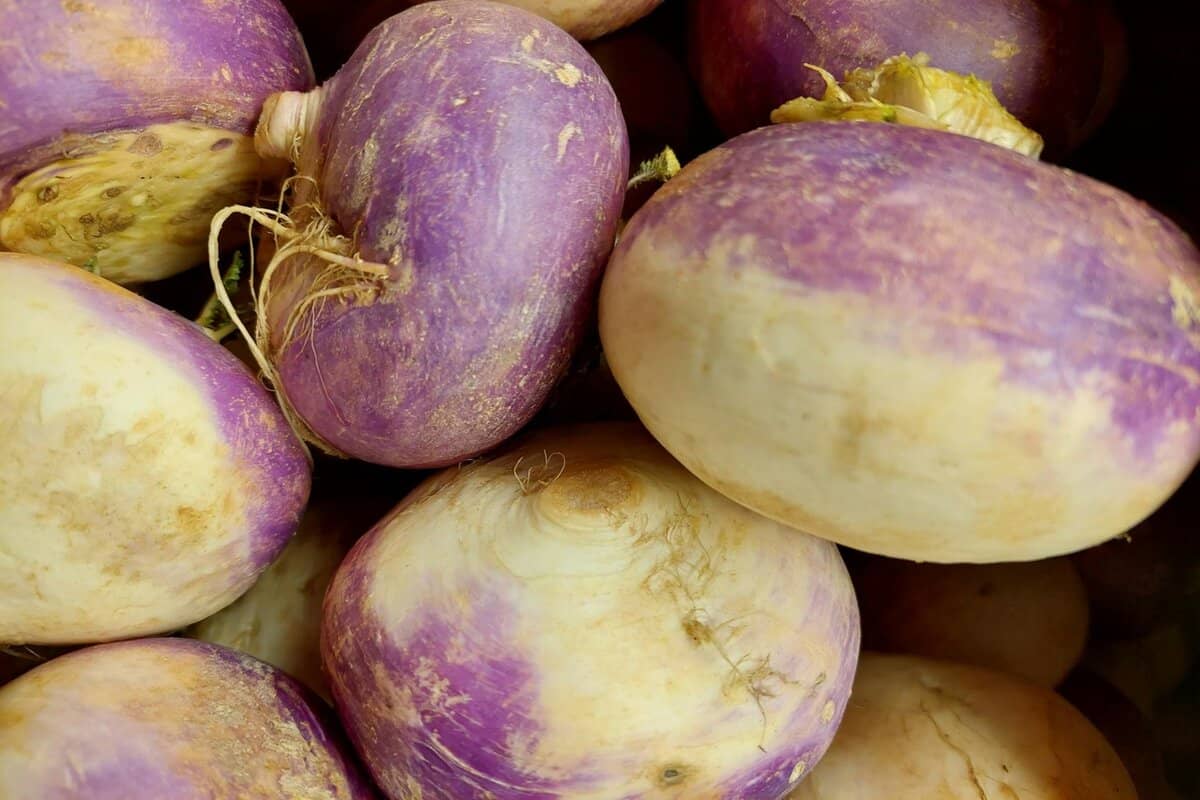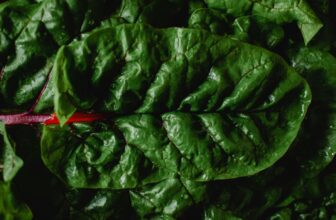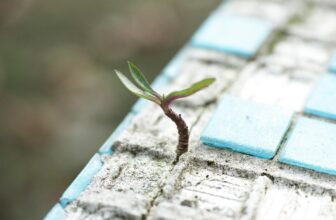
Modern gardening trends do not always meet the requirements of survival. It is now much easier to find people growing all sorts of plants that are not traditional to the area where they live. Such plants are very susceptible to changes in climate and can easily die or fail to produce a sufficient yield. These are factors that cannot be ignored. Our ancestors cultivated exactly what can tolerate sudden cold hits, sudden heat, drought, and other climatic fluctuations. However, at the beginning of the twentieth century, many traditional plants were forgotten. Rutabaga is just such an undeservedly forgotten plant.
General information
Rutabaga belongs to the cruciferous family; that is, it is a relative of the common cabbage. There are different opinions about its exact place of origin. Some believe that it originated in the Mediterranean as a result of an accidental cross between turnips and cabbage. Others believe it originated in Sweden, as wild varieties of rutabaga have been found there.
However, in northern countries like England, Sweden, and Norway, rutabaga is still very popular for several reasons. It is much tastier and more nutritious than turnips; it is resistant to frost and sudden cold; it is easy to grow and not particularly demanding of the quality of soil. So there, vegetable stew with rutabaga is extremely popular.
Nutritional value
As for nutritional value, the rutabaga contains an unusually high amount of vitamins, especially vitamin C. Its amount is comparable to cabbage and exceeds potatoes. There is almost no fat in rutabaga, a lot of fiber, sugars, and calcium. Rutabaga surpasses turnips in almost all parameters. As for potatoes, they lose to rutabaga in terms of calories, but everything else is on par.
We are most interested in root crops, which are formed in the first year of growth. However, some people also eat the rutabaga leaves, adding them to salads. After all, it is a distant relative of cabbage, so the leaves are also relatively nutritious. As for the root crops, their structure depends largely on the specific species. In general, they are all quite large, stiff, and tough.
Planting rutabaga
Rutabaga is a cold-resistant plant, the seeds of which germinate as early as 3 degrees Celsius. The optimum temperature for growth is 17 degrees Celsius. If it is much higher, root crops can delaminate and lose their flavor. So, the rutabaga is planted quite early. Most often, it is the beginning or middle of April. Its vegetation period is about 120 days.
The main requirement for soils to plant rutabaga is the ability to easily allow water. Clay soils or soils with groundwater are not suitable for rutabaga – it begins to sour and become watery. In the early stages, however, the soil should be well-moistened.
As for fertilizers, the best option will be classic organic fertilizers with the addition of phosphorus-potassium fertilizers. All this is introduced into the soil in the fall, and in the process of growth and maturation, you can additionally add a little lime.
Rutabaga can be planted in two ways. The first one is sown directly by seeds into the ground. The distance between seeds should be about 15 centimeters. The second option is to plant seedlings. It is better to do this in late May when the temperature is already a little higher. Sprouts are grown similarly to cabbage.
Care
After the appearance of four leaves, the beds will need to be thinned. The rutabaga plantings should also be periodically dug up and watered regularly. Watering is extremely important in the early stages, and then the rutabaga can tolerate short-term droughts without damage to its roots. The first feeding should be done with manure a week or two after the appearance of seedlings, and the second with mineral fertilizers when the root crop has already begun to form. This is visually visible.
Harvesting
Rutabaga can be harvested 120 days after planting. The criterion of readiness is the formation of large and firm root crops. There are two key nuances: if the rutabaga is ripe by the end of June, it is best to harvest it immediately and store it; otherwise, the heat will severely damage the roots. If the rutabaga is ripe by October, then you need to make sure that it does not hit frosts up to -6 degrees Celsius, as this will seriously impair its ability for long-term storage. There is nothing difficult about harvesting and storing rutabaga – the main thing is to avoid damaging the root’s skin and store it carefully. In the harvested form, it can safely lie for months without losing its appearance or taste.
It should also be noted that, in addition to table varieties, there are fodder varieties of rutabaga. Their nutritional value is much lower, but the haulm is bigger, and they are easier to care for.
Grow your vegetable garden, and be prepared for any situation. We wish you a good harvest! Stay prepared and safe!




